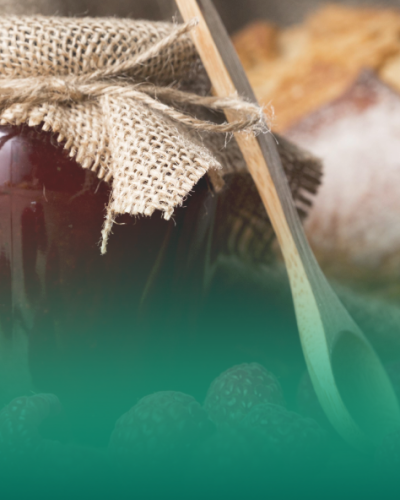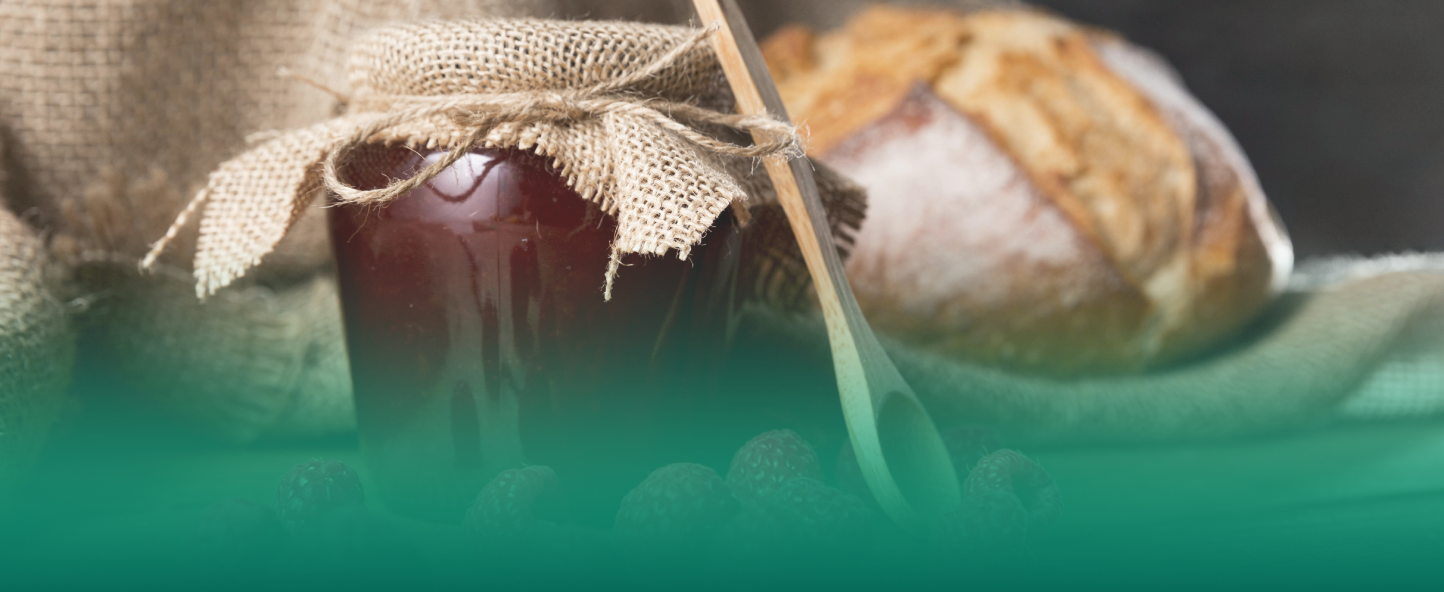Myth: Jam is a storehouse of vitamins and has a beneficial effect on health
There is a common belief that jam is rich in vitamins, which makes it healthy, helps strengthen the immune system and helps fight colds.
In fact, most of the vitamins contained in fresh fruits and berries are lost during their heat treatment and subsequent storage. In addition, the benefits of increased vitamin intake during a cold are not as obvious as it seems – unless there is an obvious deficiency, additional vitamin intake will not necessarily speed up recovery. We should also not forget that many jam recipes contain excessive amounts of sugar, which makes it less beneficial for the body.
Jam is a preserved dessert, usually made from fruits or berries that are boiled in sugar syrup. Sometimes the fruit is cooked without added sugar, and alternative sweeteners such as fructose or juice concentrate may be used. A distinctive feature of raw jam is its preparation without heat treatment. In this case, the fruit is ground with sugar, left for several hours and then poured into sterilized jars. Raw jam should be stored in a cool place to avoid spoilage. You can also store raw jam in regular containers placed in the freezer.
Jam differs from jam and marmalade in its texture and preparation method. Jam usually has a jelly-like structure and contains pieces of fruit or whole berries, although their shape may not be preserved. Jam is a boiled fruit puree with sugar, which has a more uniform consistency.
When it comes to preserving vitamins and other beneficial substances in jam, heat treatment affects them differently. Fat-soluble vitamins (A, D, E, K) are resistant to heat treatment and are preserved by cooking fruits and berries. In contrast, water-soluble vitamins (groups B and C) are more susceptible to loss during cooking.
Myth: Jam is a storehouse of vitamins and has a beneficial effect on health
There is a common belief that jam is rich in vitamins, which makes it healthy, helps strengthen the immune system and helps fight colds.
In fact, most of the vitamins contained in fresh fruits and berries are lost during their heat treatment and subsequent storage. In addition, the benefits of increased vitamin intake during a cold are not as obvious as it seems – unless there is an obvious deficiency, additional vitamin intake will not necessarily speed up recovery. We should also not forget that many jam recipes contain excessive amounts of sugar, which makes it less beneficial for the body.
Jam is a preserved dessert, usually made from fruits or berries that are boiled in sugar syrup. Sometimes the fruit is cooked without added sugar, and alternative sweeteners such as fructose or juice concentrate may be used. A distinctive feature of raw jam is its preparation without heat treatment. In this case, the fruit is ground with sugar, left for several hours and then poured into sterilized jars. Raw jam should be stored in a cool place to avoid spoilage. You can also store raw jam in regular containers placed in the freezer.
Jam differs from jam and marmalade in its texture and preparation method. Jam usually has a jelly-like structure and contains pieces of fruit or whole berries, although their shape may not be preserved. Jam is a boiled fruit puree with sugar, which has a more uniform consistency.
When it comes to preserving vitamins and other beneficial substances in jam, heat treatment affects them differently. Fat-soluble vitamins (A, D, E, K) are resistant to heat treatment and are preserved by cooking fruits and berries. In contrast, water-soluble vitamins (groups B and C) are more susceptible to loss during cooking.
Vitamin C, for example, is an antioxidant that protects the body’s cells from damage, but it is sensitive to high temperatures and is destroyed by boiling. B vitamins are also important for normal body function, but some, such as B1 and B6, are susceptible to destruction by heat.
Thus, jam, despite its sweet and high-calorie content, is not a source of significant amounts of vitamins and nutrients. It is best to include fresh fruits and berries in your diet. Raw jam can preserve the maximum amount of nutrients in the product, and storing it in tightly sealed containers in a cool place or freezing it will help preserve the nutritional properties.
Vitamin C, for example, is an antioxidant that protects the body’s cells from damage, but it is sensitive to high temperatures and is destroyed by boiling. B vitamins are also important for normal body function, but some, such as B1 and B6, are susceptible to destruction by heat.
Thus, jam, despite its sweet and high-calorie content, is not a source of significant amounts of vitamins and nutrients. It is best to include fresh fruits and berries in your diet. Raw jam can preserve the maximum amount of nutrients in the product, and storing it in tightly sealed containers in a cool place or freezing it will help preserve the nutritional properties.






